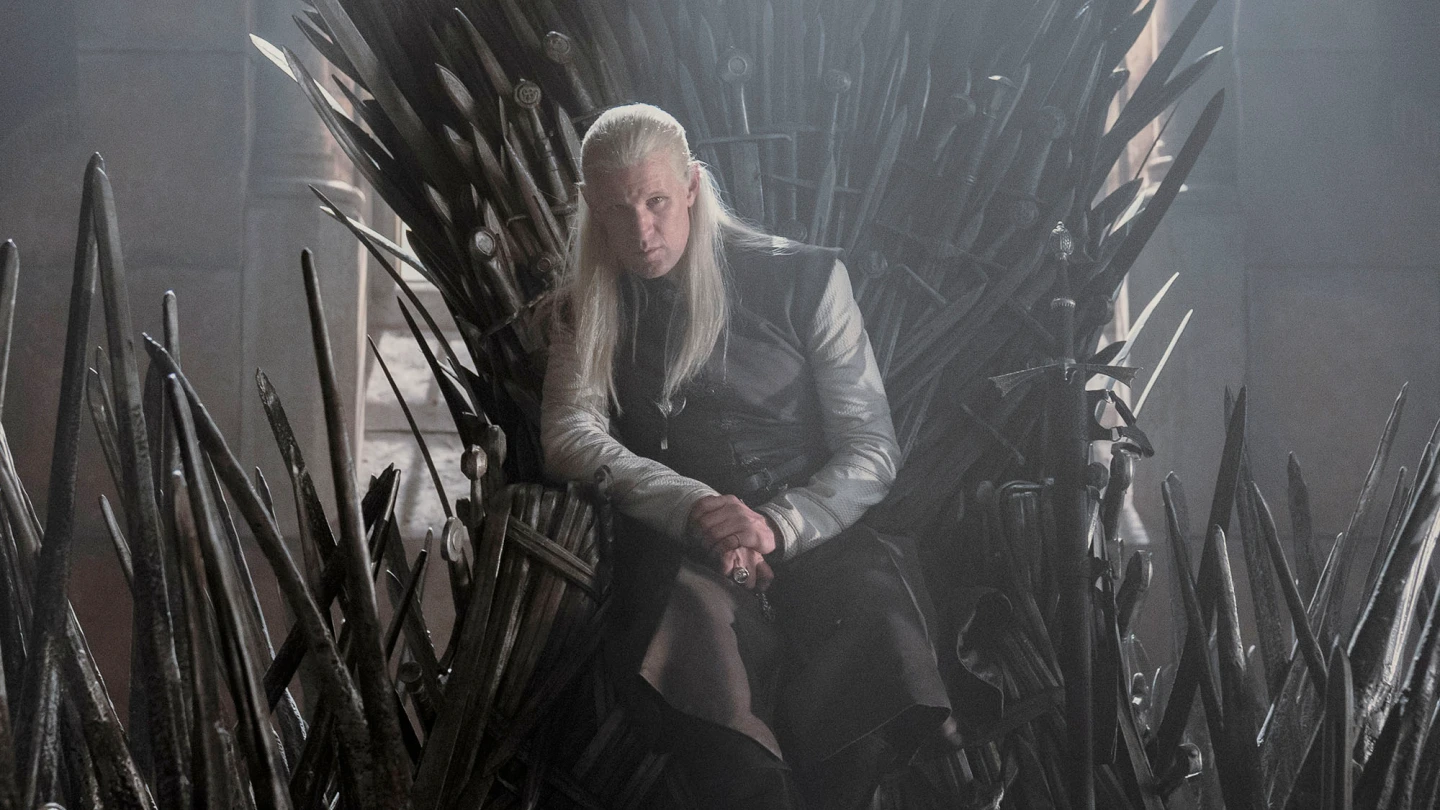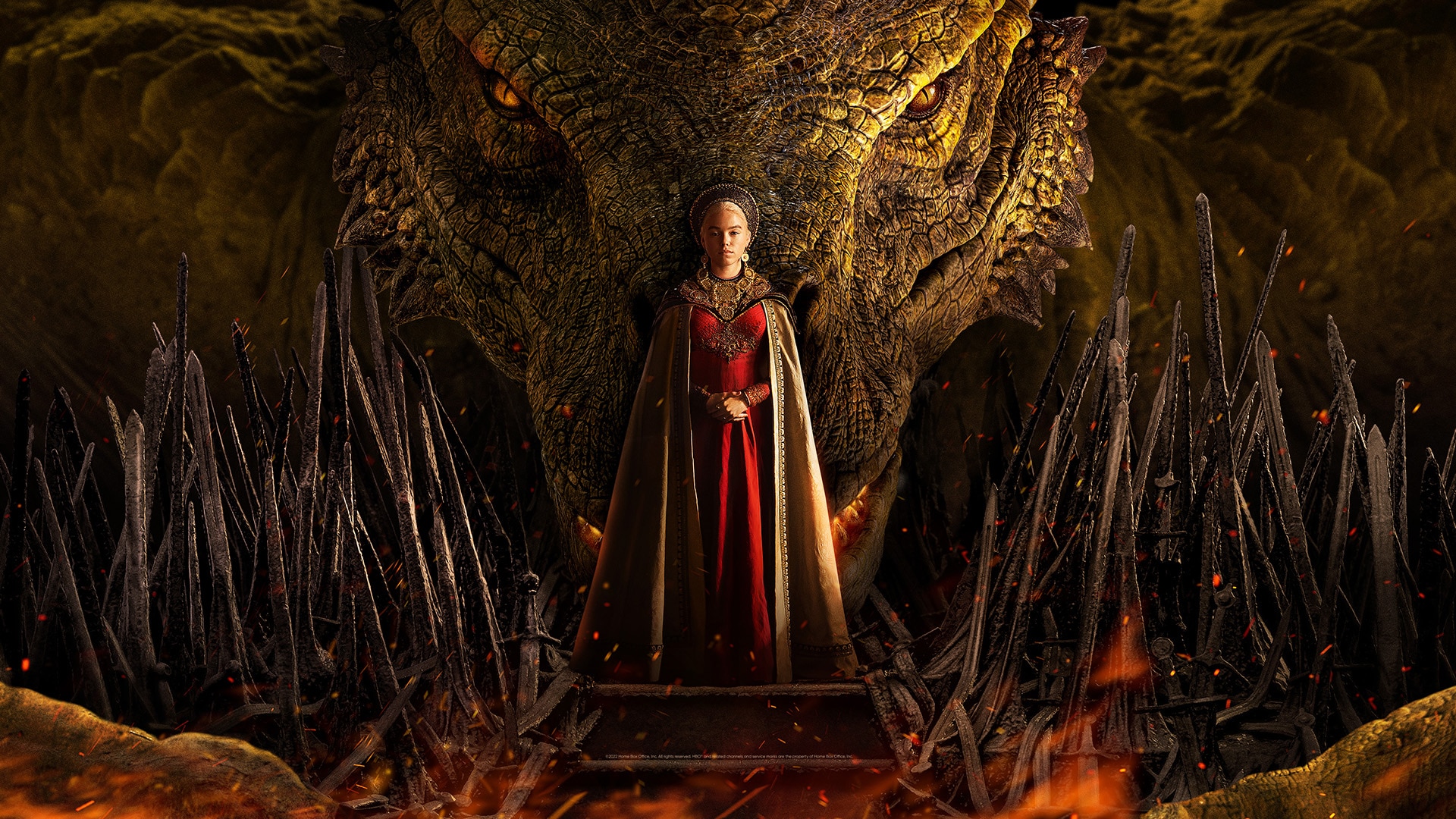House of the Dragon Episode 3: Quickly Explained
In terms of the Daemon plot, the third episode of House of the Dragon demonstrates that the program is gradually improving, but everything else still seems to be fading in and out of dreariness.
Aegon is the firstborn son of King Viserys, therefore many people want him to be the next in line during a hunting party held to celebrate his second birthday, but others argue that Rhaenyra should still hold the kingdom (being the actual firstborn and named heir).
It’s enough to make Viserys, the king’s father, a bit mad. When a white stag galloping about the Kingswood is mentioned, he is given the assurance that he is on the right track.
Viserys (Paddy Considine) is summoned to a hunt, but what he expects doesn’t happen. The animal is still a “large lad,” but it is not white, as one of the workers holding it in place for the monarch to kill it notices.

Who the gods want to support is not made obvious by this manufactured, uninspiring, and missing the clear symbolism he so plainly seeks moment.
In other places, they do. The massive white stag is first spotted by Rhaenyra (Milly Alcock) at a cliff in the early hours of the day. She confronts it, stops Ser Criston (Fabien Frankel) from murdering it, and then allows it to flee.
It is intentionally difficult to understand how to read the moment or even how she reads it. However, the entire sequence has a mysterious vibe to it, drawing inspiration from the kind of sorcery that Game of Thrones uses to keep its high fantasy protagonists guessing about the future.
The growth of magic in the world of A Song of Ice and Fire is haphazard and unexpected. No religion possessed exclusive control over magic, but none also had a firm handle on it.
All of these phenomena, like lightning or visions caused by staring into a fire, were as predictable as shifting faces, reanimation, and ghost demon kids.
But Fire & Blood, the book on which House of the Dragon Episode 3 is based, does not mention magic either. The events are recounted very dryly in the book by the three witnesses (or “witnesses”) who were there.
Fire & Blood reads more like a textbook and so bypasses the more fantastical aspects of George R.R. Martin’s universe, in contrast to the A Song of Ice and Fire books, where Martin brought entire characters back to life that the television program left dead.

The stag hunt in episode three, like Aegon the Conqueror’s dream in episode one, represents a return to the more fantastical aspects of the Game of Thrones universe.
Although the ending of the story may be known this time, the hints along the way are more vaguely unearthly. The white stag appears to those who might be deserving, while the Iron Throne appears to reject some potential occupants.
Is any of those, however, the ideal metric for a decent ruler? Only the gods (and readers of books) may know.
